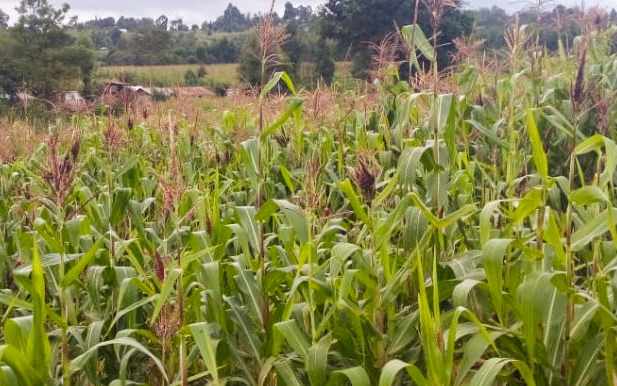×
The Standard e-Paper
Kenya’s Boldest Voice

Agriculture is at a crossroad in Kenya and Africa at large. The sector suffers from image and manpower difficulties as youth are unwilling to venture into it while drought and hunger hinder the continent’s progress.
Statistics indicate that while the average age in Kenya is 19.5 years, the average age of a Kenyan farmer is 60, which raises doubts whether the country can be food secure when its most active population is not willing to participate in food production.